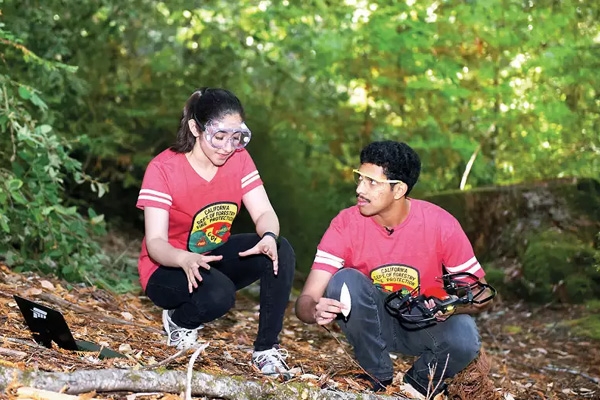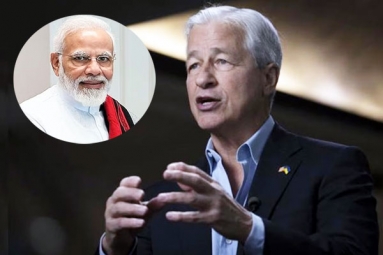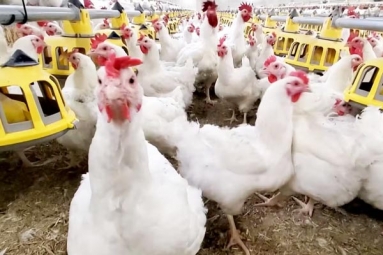Indian-American Students Uses AI for a Device to Predict Wildfires
December 26, 2018 13:16
(Image source from: Pune Mirror)
As California tackles with wildfires year after year, two Indian-origin high school students studying at the Silicon Valley city of Cupertino have cracked a device to sniff out possible flames before they crackle out of control.
Their handiwork - the Smart Wild Fire Sensor - deploy's Google's open source software, TensorFlow, to combine images and weather parameters and trace if a forest fire can be triggered at a place.
The 17-year-old Aditya Shah, a student of the Monta Vista High School in California, team up with school friend Sanjana Shah to take the Google challenge of making use of Artificial Intelligence (AI) for social good.
The boy from Pune was impelled by his personal experience of surviving through various wildfires since 2017. Besides the proximity of his residence to some blazes, the episodes kindled in him a sadness about the peril the forests come to each time.
"There are ways and methods with the California Fire Department to understand the direction of the wind, moisture and other parameters that can help gauge the possibility of forest fires. However, there are no mechanisms to predict where the fires will get triggered," Aditya told Mirror.
His friend Sanjana also had a close brush with fire on August 2, 2017, while interning at the Berkley National Laboratory, from where she was evacuated along with others. "I was struck by the massive destruction it was causing and felt anguished by the sight of trucks with firefighters putting their lives to risk to control the fires. I felt it was upon our generation to find resolutions to the problem," she said.
They used TensorFlow's open-source software library for dataflow programming, to combine various parameters and programme their device to understand and predict wildfire possibilities. "During the experimental stages, the device was installed on the trees with the camera facing down. It would then capture images of the foliage surrounding the trees in the forest," Aditya informed.
Based on the moisture content in the leaves, dryness in the air, its direction, the temperature in the area and density of the foliage, the device could foretell if the conditions made the area vulnerable to sparking a wildfire. "We achieved 89 percent of success rate. The main challenge is the forest area is spread across thousands of square miles and hence there needs to be a better way where the places could be categorized into the most vulnerable, vulnerable and safer. This device would then intimate the fire department and concerned authorities in advance to prevent fires and even control them," he added.
The innovator pointed out that it is humanly hard to physically scan vast areas examining twigs and dry leaves. "This is where the role of the machine and artificial intelligence come in," Aditya explained. He is working with Google to see if drones and images from satellites and the ground, combining various angles, could help scan vast geographic areas and thereby prevent destruction by wildfires.
Sanjana is confident that the Google programme - AI for a social cause - that they took part in is the way forward to leverage technology for the advance of humanity. She presented their project as a case in point. "The main challenges were to get the right set of images and making the bunch of sensors to work with one another and co-ordinate to provide the right results," she said. The other crucial phase, according to her, was teaching the machine to understand images, classify them and derive precise results. "We had to collect at least 500 good images for the database to achieve 89 percent accuracy," she explained.
Currently, the duo is planning to take this non-profit project to the California Fire Department and reach out to the government for larger use across the United States. "We do not aim to receive funding or use the project for commercial gains but solely for the benefit of humanity," Sanjana said.
Their work has for sure caught the vision at Google. "The Smart Wild Fire Sensor project is a good example which highlights what can be done by AI without needing a Ph.D. in computing. We were impressed by their ingenuity and wanted to spotlight them to show what was possible when determined people with varying backgrounds are capable of engaging AI to solve problems in our communities," said Google's corporate communications and public affairs executive, Marika Olsen.
-Sowmya Sangam









